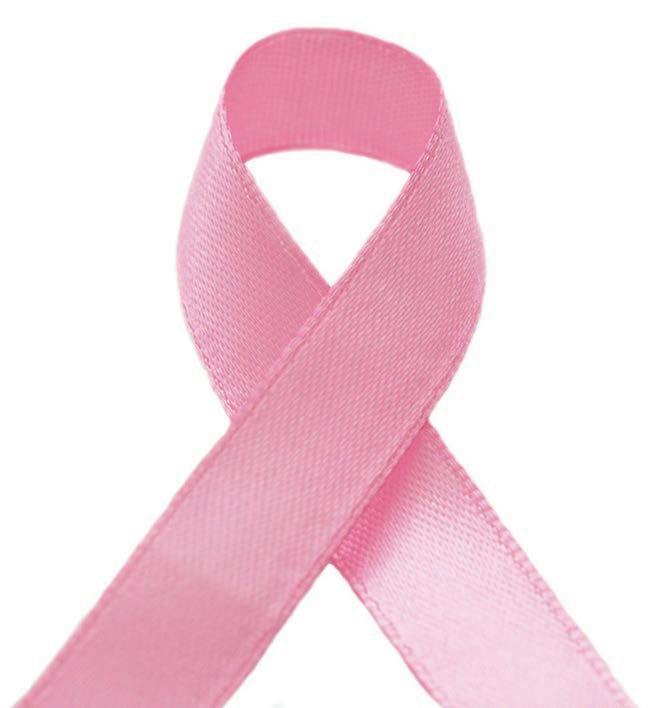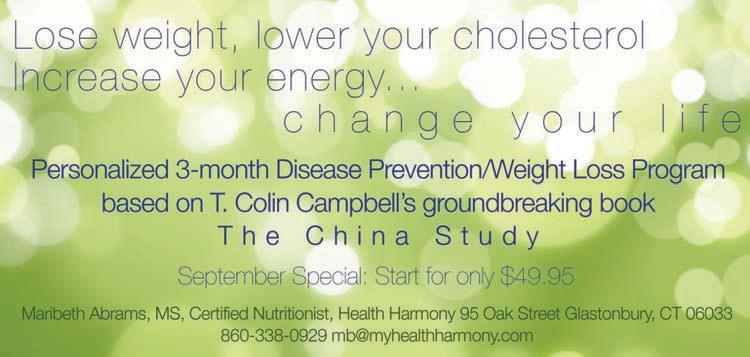
3 minute read
Herniated Disc
Perspectives on Twenty Years of Breast Cancer Awareness
by Michelle Pouliot, ND
Advertisement
As a 52 year-old-woman and a naturopathic physician who has specialized in women’s health for 20 years, I am acutely aware of how breast cancer affects our lives. We are inundated with breast cancer statistics, wrapped up in pink ribbons, saddened by widely publicized stories of celebrities’ breast cancer journeys, confused by changing recommendations for mammograms and self breast exams, and unsure of breast cancer causes, prevention and cures.
My patients have many questions about breast cancer. If there is no family history of breast cancer are they still at risk? Do mammograms cause breast cancer? Do hormone support therapies cause breast cancer? What lifestyle choices can help prevent breast cancer?
Breast cancer is the second most common cancer diagnosis in the United States. The incidence of breast cancer increases with a woman’s age. Postmenopausal women account for 74% of diagnosed breast cancer. The statistic we all hear, “one out of every eight adult women will be diagnosed with breast cancer,” becomes true by the time we are in our eighties. Family history of breast cancer is found in only 5 to 10 percent of women. Women with a parent, sibling or child who has breast cancer are at twice the risk for developing the disease. Women with a strong family history, who are positive for the genes BRCA1, BRCA2 and p53, have a 40 to 85 percent lifetime risk of developing breast cancer. these statistics can be intimidating. Breast cancer is the second most frequently diagnosed cancer in the United States because of frequency of occurrence, and because mammograms are very effective at finding breast cancer. Mammograms detect about 90% of breast cancers and become more accurate as we age, when our breast tissue becomes less dense. In Connecticut, by law, a woman is entitled to have a breast ultrasound if a mammogram determines she has dense breast tissue. Mammograms have not been found to increase the risk of breast cancer, and are associated with an overall decreased risk of death from breast cancer.
When should we start having mammograms? The American Cancer society recommends annual mammograms starting at the age of 40. More recent recommendations advise starting at 50 years old. I suggest patients make an informed decision about mammograms based on their individual concerns. Is there any family history? Do they have dense breast tissue? Are they confident with their own self breast exams and the clinical breast exams by their physicians? It’s not unusual for my patients to tell me they’re afraid to check their own breasts because they are lumpy and bumpy. Breast tissue texture is not smooth and uniform because breasts are composed of ductal and lobular tissue, connective and lymphatic tissue, fat, and beneath all that, muscle. I encourage patients to get to know their breast lumps and bumps, which we check together at their annual exams. Also keep in mind, for women still having their menstrual cycle, breast tissue changes during the cycle. Contrary to some research that says breast palpation exams are not effective for detection of breast changes, I’ve seen many women who were the first to notice something different about their breast, which thankfully, most of the time, is benign. For women who can’t do self breast exams, women with a family breast cancer history, and women on hormone replacement or hormonal birth control, I do recommend annual mammograms. Some patients ask if breast thermography can be done in place of mammograms and ultrasound. Breast thermography was approved by the FDA in 1982 as a tool for detection of breast tissue irregularities. It is a technology of displaying temperature and vascular variation in breasts which can be useful for observing potential problematic changes to breast tissue. The interpretation of the thermograms relies on the expertise of the practitioner reading the results. I suggest that women who are interested in breast











